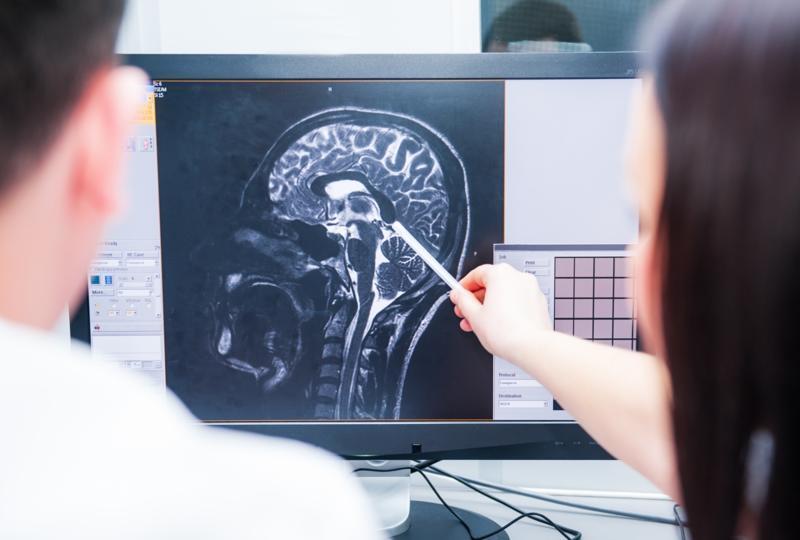Seasonal Effects on Multiple Sclerosis
Heat and brain lesions in MS
Scientists at Brigham and Women's Hospital in Boston and Washington University in St. Louis compared magnetic resonance imaging (MRI) scans of untreated MS patients with patients without MS. They examined MRIs taken in 1991–1993 and looked at the MRIs chronologically over the years. Researchers also compared the MRIs to the weather data available for the time to see if there were any changes over the seasons.
The study found there were brain lesions present in many of the MRIs. Brain lesions are essentially brain tissue that has been damaged or inflamed. Brain lesions in MS patients tend to increase the symptoms associated with MS and leads to worsened headaches and migraines. What researchers found interesting, however, was the fact that the amount of brain lesions was highest from the beginning of March until the end of August. The scientists also found that heat tended to increase the occurrence and intensity of MS symptoms. This was an incredibly important study because it was done before the widespread use of MS medications. This is important, because medication presents an outside factor that could affect the findings of the study. Since there was no medication involved in the patients receiving MRIs, there is a much stronger chance that the heat during March-August was in fact increasing brain lesions in the patients.
